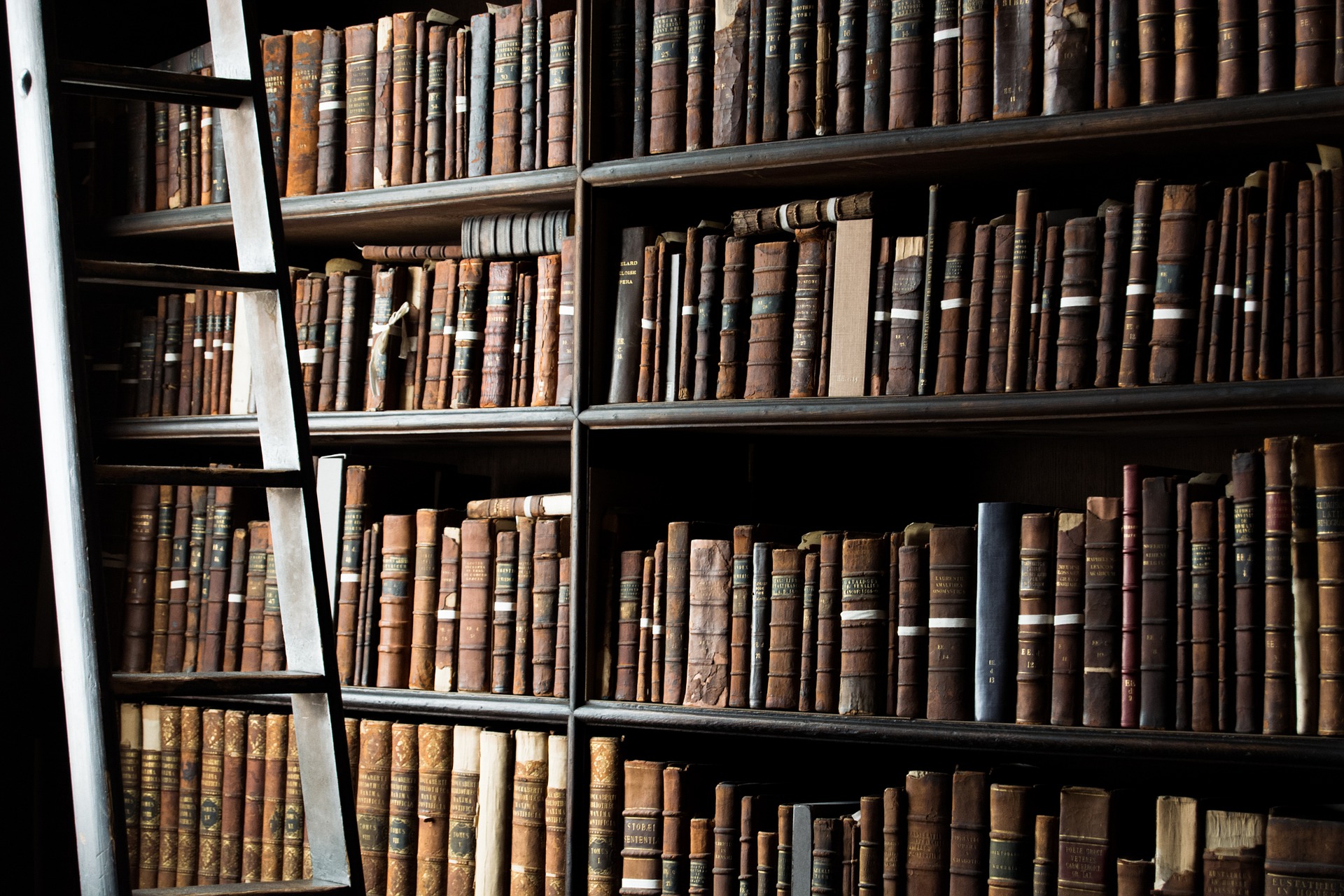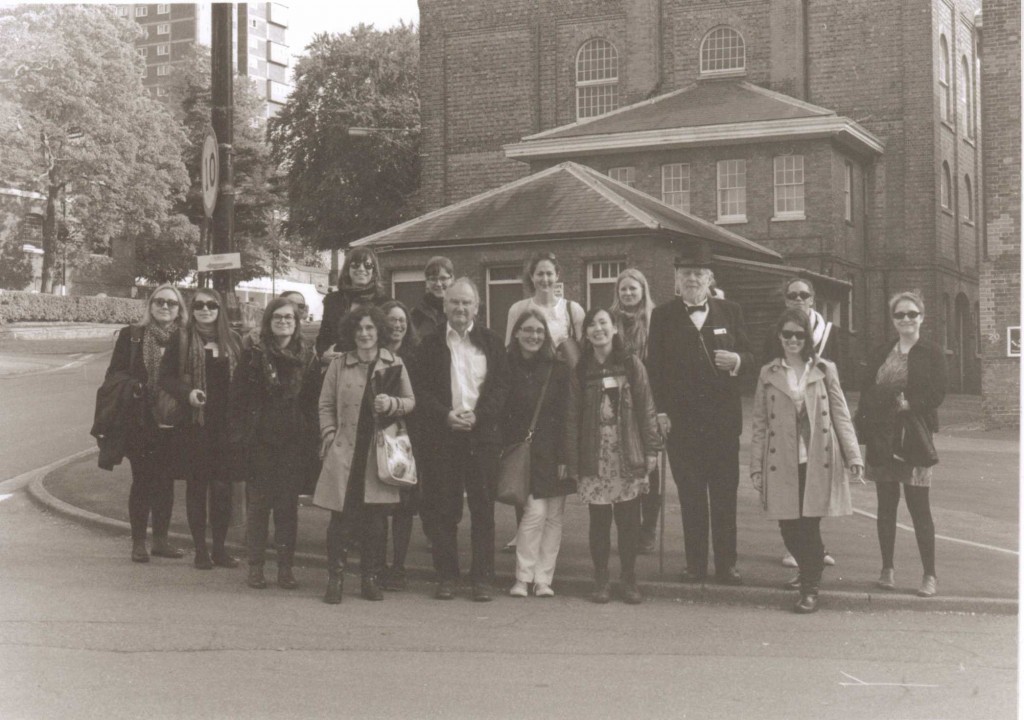Daný van Dam and Lara Atkin report from a conference celebrating the fascinating cast of opera singers, mountaineers, cross-dressers, actors and tourists of both genders who travelled the Victorian world.
The Victorian era was one of mobility. From imperial explorers who traversed the contested spaces beyond the colonial frontiers, to the mass-mobilisations enabled first by the train and later by the bicycle, travel was an ongoing fascination for writers in the period. Victorian Travel and Imperial Spaces, a two-day symposium the University of Kent, brought together early-career scholars from a range of institutions to explore the varied relationships between time, space and individual subjectivity in Victorian ‘travel’ writing . The speakers covered a broad variety of topics – from ghost ships to undercover travelling, from newspaper poems to cycling diaries and from fictional narratives to records of deeply personal affective engagements with places and spaces. During the two days of the conference, a number of themes emerged.
Several papers explored the experience of travelling. In a wonderful keynote on Richard Burton’s Oriental encounters, Silvia Antosa (Palermo) described how Burton’s crossing of racial boundaries turned him into a hybrid insider/outsider figure. Burton regularly dressed as a local inhabitant of the different parts of the world he was visiting and was able to ‘pass’ as a racial and cultural other. Silvia argued that this made him a kind of impersonator, performing otherness in a way not always accepted or appreciated by his fellow countrymen. Burton’s travel writing shows how he was a kind of ‘anti-Victorian Victorian’, a man both critical of his own period and a product of it.
Representations of the explorer-figure were also discussed elsewhere. Speaking on the travel writing of opera singer Charles Santley, Anna Maria Barry (Oxford Brookes) claimed how it was exactly Santley’s representation of himself as an imperial explorer that allowed him to identify as a masculine adventurer first (a gentleman traveller) and only after that as an opera singer, a more feminised role. Lara Atkin (Queen Mary) discussed travel through space and time by comparing Victorian travel writing on the exploration of Africa with H.G. Wells’ The Time Machine. Both forms, she claimed, problematise the boundaries between what is civilised and what is savage, complicating the assertion of European superiority over the Empire.
In a panel on Domestic and Public Spaces in India, Éadaoin Agnew (Kingston) also discussed travel writing and its representation of identity. Éadaoin used the work of both well-known and more obscure female travel writers to illustrate their experience of the relocation of English domesticity to India. In an examination of Neo-Victorian seascapes, Daný van Dam used the neo-Victorian novel Sixty Lights to show how travel itself may function as an ‘othering’ device, influencing characters’ perception of their relation to their surroundings. In another panel, Leonie Wanitzek (Oxford) used Vernon Lee’s writings on Italy to illustrate the experience of ‘cultural hybrids’. Leonie described how Vernon Lee was raised as an ‘anti-traveller’, distinguishing between the ‘moving’ undertaken by those becoming ‘culturally fluent’ foreigners and the touristic aspects of travelling to sight-see. In referencing Vernon Lee’s experience of homesickness for places she’d never been to, Leonie’s analysis of how familiar classical texts blurred the distinction between sensory reality and the imaginary linked back to Alex Hobson’s (Aberystwyth) earlier talk about the haunting of nineteenth-century sea narratives. Haunting, in Alex’ discussion, not only referred to the ghost-like presence of the sailor and his narrative in Coleridge’s The Rime of the Ancient Mariner. Rather, she claimed how Homer’s Odyssey informed – haunted – this and other nineteenth-century stories about the sea, texts which problematised the process of colonial expansion even at the height of British naval supremacy.
The conference’s second keynote by Abdulrazak Gurnah (Kent) also discussed the representation of the British Empire in different travel writings. Using two examples, the popular text Kashmir (1909) by Francis Younghusband and his sister Ethel Younghusband’s Glimpses of East Africa and Zanzibar (1910), Abdulrazak illustrated how travel writing, especially when it concerned travel for governmental purposes, was often full of political choices on what to leave in and which experiences to remain silent about. He also discussed the gender-differences in the writing of brother and sister, visible for example in how Francis Younghusband’s most famous work is simply called Kashmir, as if it was the authoritative source on that region, while his sister Ethel’s work, Glimpses, is titled more tentatively. Such distinctions are also visible in content and tone: Francis Younghusband described local flora and fauna, weather patterns and foreign cultures in an all-knowing manner, comparing them to Britain. Ethel, however, used a more gossipy register, discussing the household or concerns about the productivity of local servants.
Where in the eighteenth and early nineteenth century travel for leisure-purposes was the privilege of the well-to-do elites, the Victorian period saw the development of tourism as an industry. The rise of middle-class travel and the increasing popularity of tour operators such as Thomas Cook meant that travel became a leisure activity. Heidi Liedke (Freiburg) explained how guide books for railway travel suggested productive ways of filling the time people spent on trains. Railroads came to stand in for an accelerated way of life that had to be carefully (time-)managed. Rebecka Klette (Birkbeck) discussed an entirely different form of travel through Jerome K. Jerome’s Three Men on the Bummel (1900), a follow-up on his successful Three Men in a Boat in which the same three characters go on a cycling tour of Germany. Through this bicycle-travel narrative, Jerome indulged in a then-popular mode of representation in which stereotypes about the German national character were linked to their management of their natural environment..
Alan McNee (independent) highlighted the increase of tourism in the Victorian period by illustrating the tensions between ‘serious’ mountaineers and visiting tourists out on what was often described as a ‘spree’. Alan used examples from visitor books of well-known mountain hotels in Britain to show the often tense relations between the mountaineers and the tourists. In another example of how newly defined ‘leisured spaces’ became sites of social and economic contestation, Selina Philpin (Cardiff Metropolitan) discussed how the river Thames shifted from a commercial to a recreational space by using George Dunlop’s Leslie’s Our River: Personal Reminiscences of an Artist’s Lie on the River Thames (1881). Selina described how calls for the conservation of the river space were more about a human need for recreation than for the benefit of the natural environment in itself.
The delegates’ need for recreation was also not forgotten by the organisers: on Friday afternoon, they had arranged a visit to Chatham Dockyards, where a guide in faux-Victorian dress provided a historical overview of the important conflicts in which the Dockyards and the ships built there had played a significant role. This was followed by a traditional pub dinner for all the delegates. Saturday at the end of the day, a wine reception provided everyone with a chance to let all the information sink in and have some final chats before heading off to their respective universities with much to think about!
As the organisers of this event, Barbara Franchi and Elvan Mutlu (Kent) would like to thank Lara Atkin (Queen Mary) and Daný Van Dam (Cardiff) for this excellent report.

